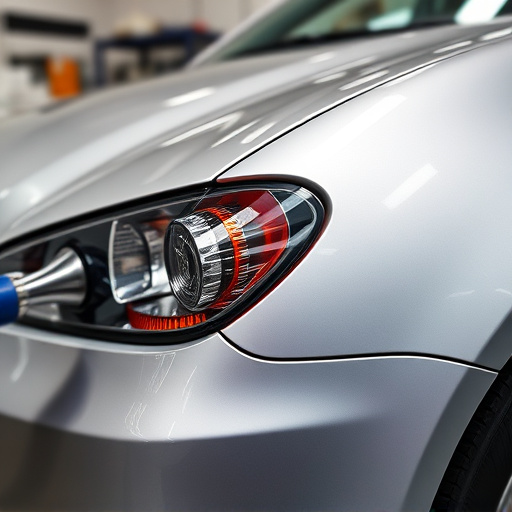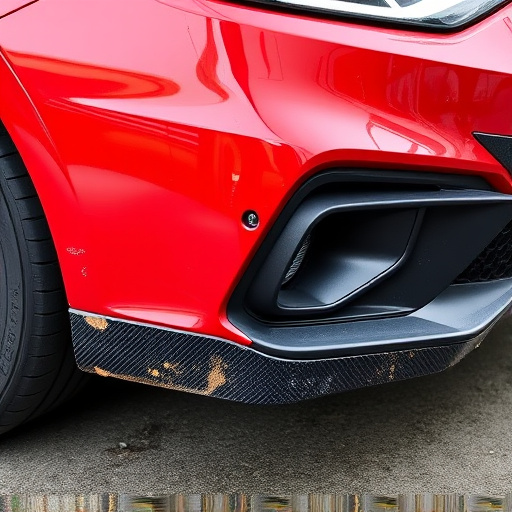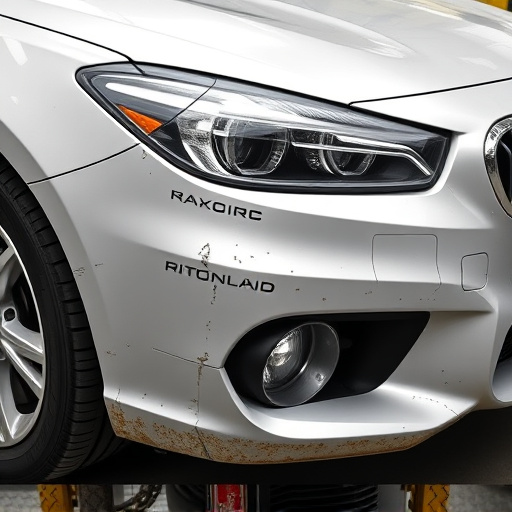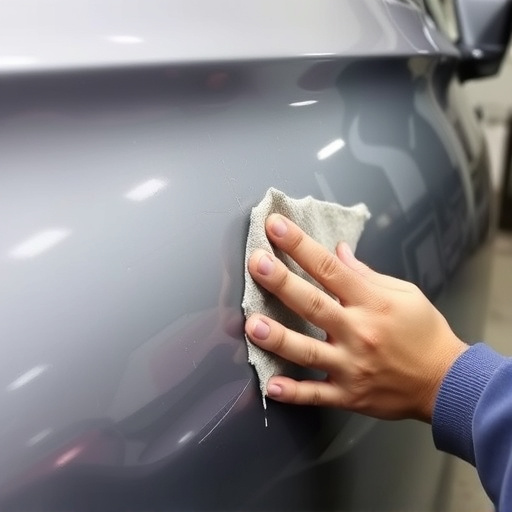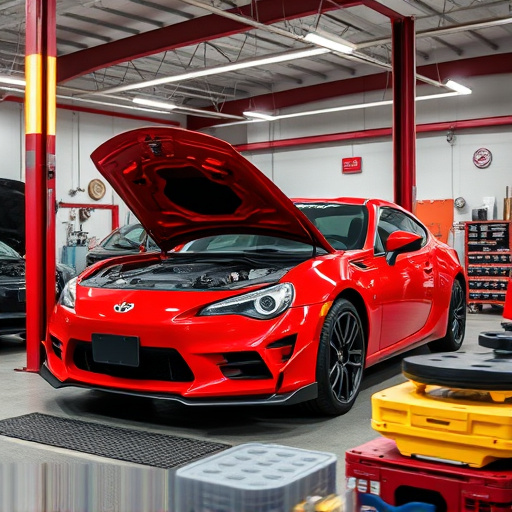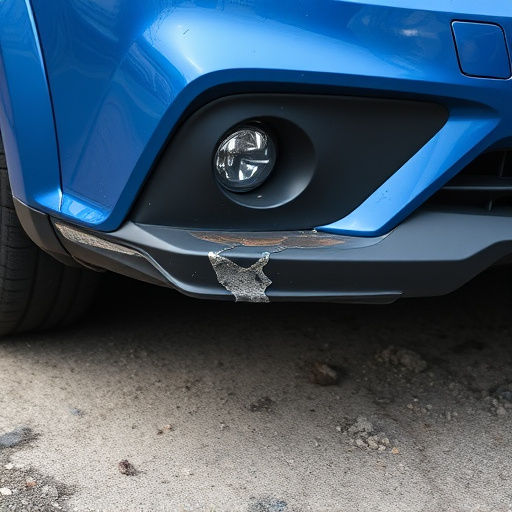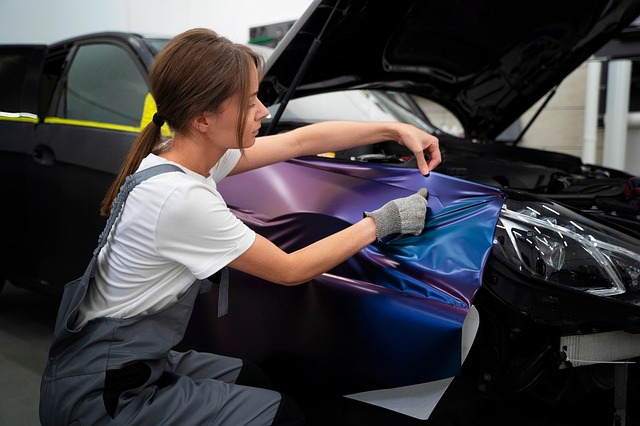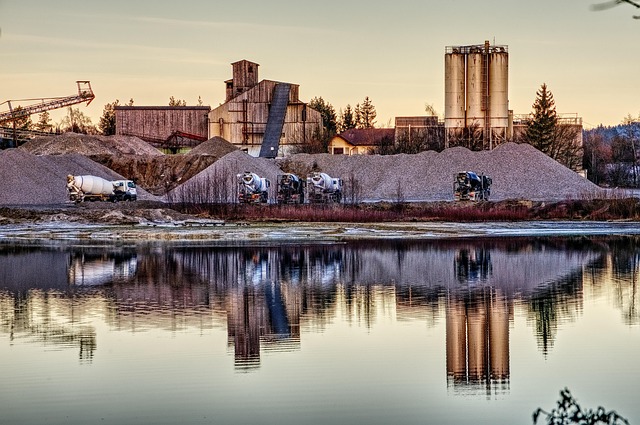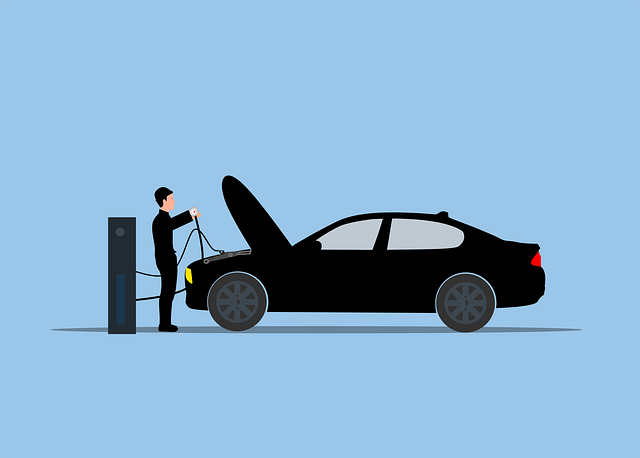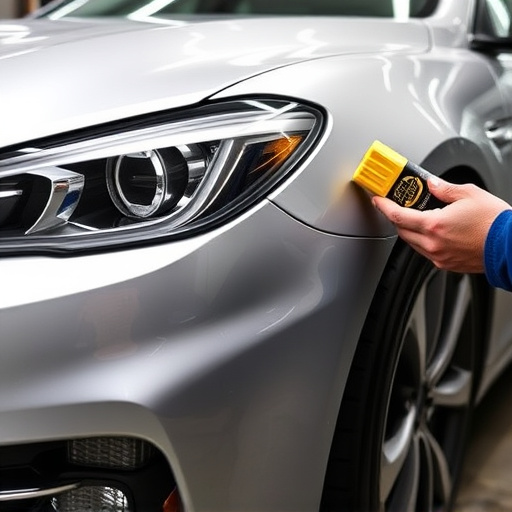Paintless Dent Repair (PDR) is a rapid and cost-effective automotive restoration technique, saving time compared to traditional body shop repairs. It involves manipulating metal from inside dented areas without damaging paintwork, making it ideal for minor dents and scratches. PDR's efficiency depends on factors like dent size, complexity of the car's body, weather conditions, and accessibility of the damaged area; smaller dents take less time to fix. Professional technicians provide accurate time estimates by considering these variables, ensuring customers know what to expect from paintless dent repair services.
In today’s fast-paced world, efficiency in automotive repairs is paramount. Paintless dent repair (PDR) stands out as a game-changer, offering swift and effective damage restoration without painting. This article delves into the advantages of accurate time estimates for PDR, exploring how these estimates streamline processes and enhance customer satisfaction. We’ll dissect the factors influencing repair times, providing insights that help professionals deliver timely, high-quality PDR services.
- What is Paintless Dent Repair and How Does it Work?
- Advantages of Accurate Time Estimates for Paintless Dent Repair
- Factors Influencing the Time Required for Paintless Dent Repair
What is Paintless Dent Repair and How Does it Work?

Paintless Dent Repair (PDR) is a cutting-edge technique revolutionizing the way we address car dents and scratches. Unlike traditional automotive body shop methods that may involve lengthy painting and patching, PDR focuses on restoring the vehicle’s original appearance by manipulating the dented area from the inside out. This innovative process utilizes specialized tools and trained technicians to push and pull the dented metal back into its original form without damaging the surrounding paintwork or requiring repainting.
The magic of PDR lies in its ability to save both time and money for vehicle owners. By eliminating the need for extensive automotive repair, this method significantly reduces paintless dent repair time compared to conventional repairs. It’s a game-changer when it comes to minor dents and scratches, ensuring your vehicle looks as good as new without the hassle and cost of a traditional body shop visit.
Advantages of Accurate Time Estimates for Paintless Dent Repair
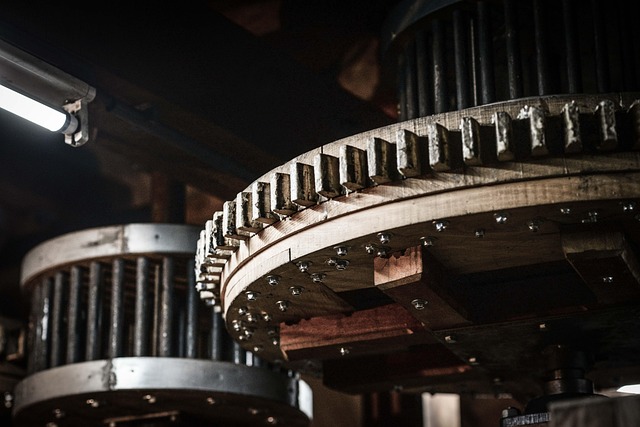
Factors Influencing the Time Required for Paintless Dent Repair

The time required for paintless dent repair can vary significantly based on several factors. First and foremost, the size and depth of the dent play a crucial role. Smaller dings and shallow dents will take less time to fix compared to larger or deeper ones. The complexity of the auto body work involved is another critical aspect; intricate shapes and curved surfaces might demand more meticulous attention, thereby increasing the repair duration.
Additionally, environmental conditions can impact the process. Extreme temperatures and humidity levels can affect the performance of tools used in paintless dent repair, potentially lengthening the job. Moreover, the accessibility of the damaged area—whether it’s a car door, bumper, or other hard-to-reach spots—will influence how quickly technicians can complete the job. Professional auto body shops with experienced technicians often provide accurate time estimates by factoring in these variables to ensure customers have realistic expectations for their paintless dent repair services.
Accurate estimates for paintless dent repair (PDR) are invaluable in setting customer expectations and optimizing workshop workflows. By understanding the factors influencing PDR time, technicians can provide realistic turnaround times, enhancing client satisfaction and ensuring efficient operations. Investing in precise time-estimating methods is a strategic move to stay competitive in the automotive repair industry.
